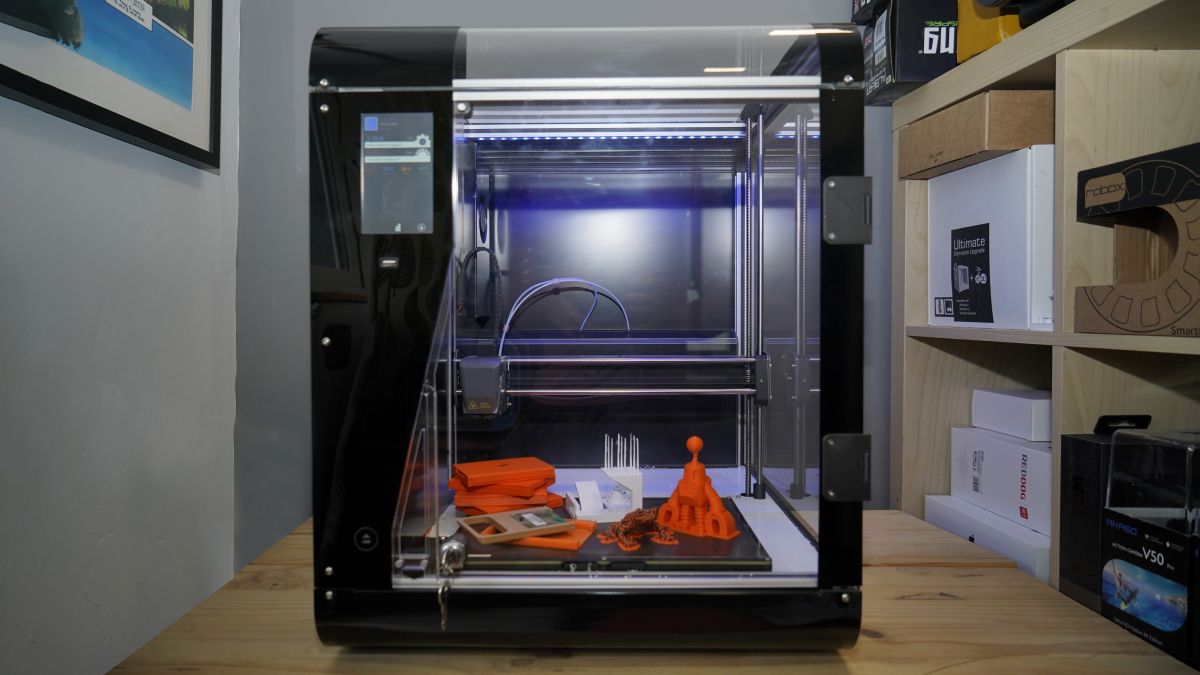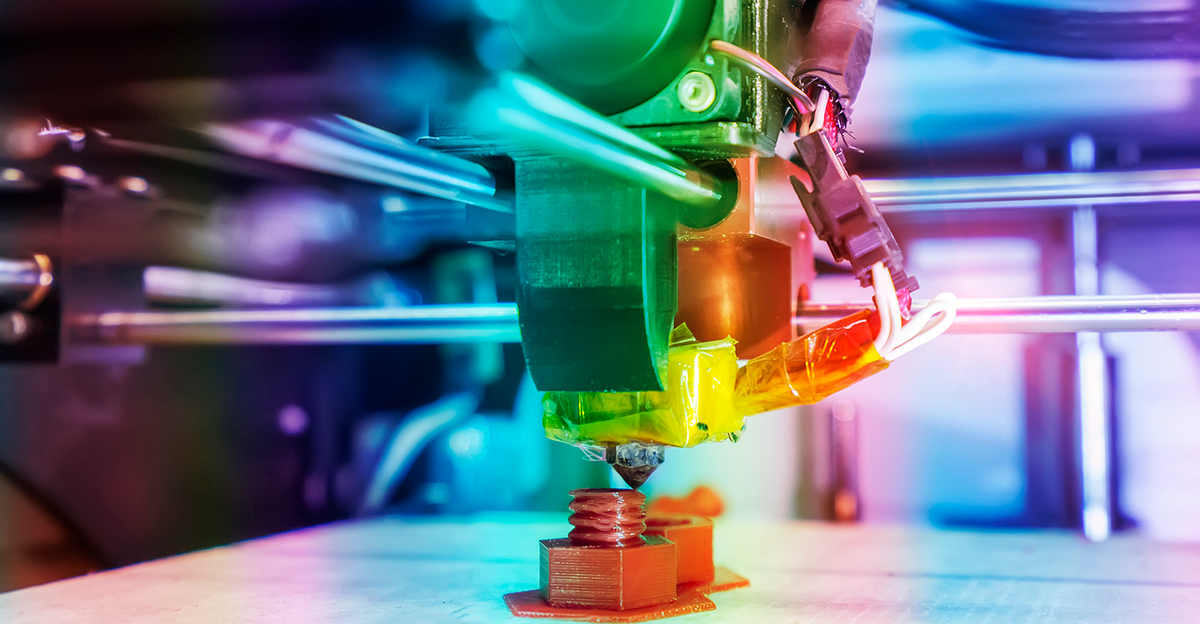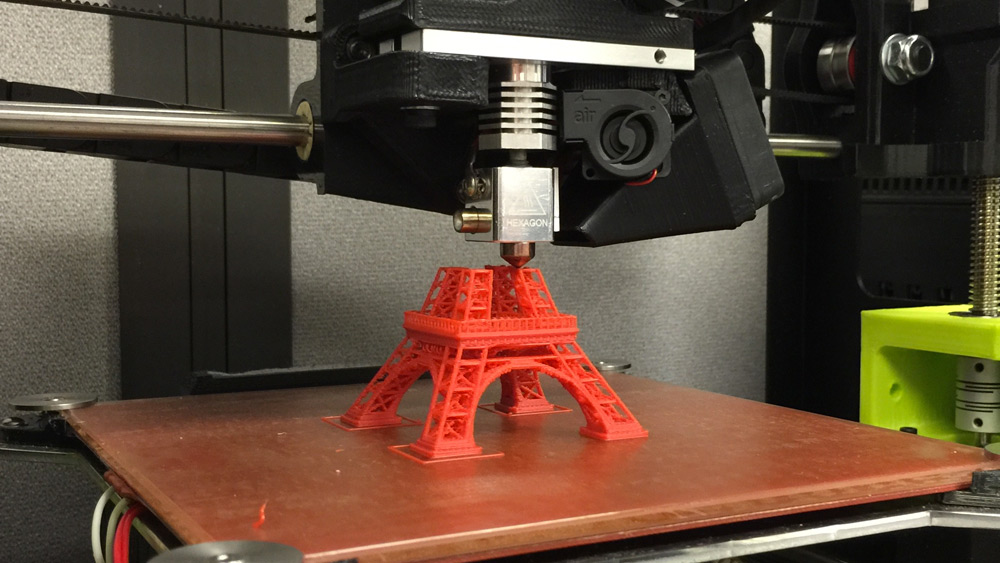Best 3D printers are in very much need of the time especially during these time of Coronavirus with their versatility and flexibility. Now, these printers have also become affordable and viable that can be brought and use by anyone. 3D printers also play a valuable role in the design shops, classrooms and even in the makers and hobbyists shops.
There is also a wider range of printer options with a wider range of users. They come in all shapes and sizes with a different price range. Many factors should be taken into consideration while buying a 3D Printer. Here is a list of 3D printers which will be helpful in choosing the best 3D printer in the market.
CEL-UK RoboxPro
This 3D printer is considered best for commercial and educational purposes due to its enclosed design. The print technology is Fused Deposition Modeling. The weight and filament diameter of the printer is 26 kg and 1.75mm respectively. Its build area is 210 x 300 x 400mm. The dimensions of the printer are 513x508x605mm. The minimum and maximum layer resolution are 50 microns and 500 microns. Its main advantages are swappable print heads and network ready. But, its main demerit is that it is a large scale printer.
Ultimaker S3
This 3D printer is considered best for college education purposes. The print technology is Fused Deposition Modeling. The weight and filament diameter of the printer is 14.4 kg and 2.85mm respectively. Its build area is 230 x 190 x 200mm. The dimensions of the printer are 394 x 489 x 637mm. The minimum and maximum layer resolution are 20 microns and 600 microns. Its main advantages are class-leading print quality and easy to network besides its reliability, speed, and quality. But, its main demerit is that it is quite an expensive one. It includes features such as market-leading touchscreen UI, swappable cartridge hotends, and Cura slicer software.
FormLabs Form 3
This 3D printer is considered the best SLA Printer focusing in resins and that is good for casting, high-quality prototypes, production, and jewellery. The print technology is Stereolithography. The weight and resin type of the printer is 17.5 kg and multiple respectively. Its build area is 145 × 145 × 185 mm. The dimensions of the printer are 405 × 375 × 530 mm. The minimum and maximum layer resolution are 25 microns and 300 microns. Its main advantages are high-quality printing and wide material support. But, its main demerit is that it is requires cleaning. A liquid resin is used in all the SLA Printers that require more time in the printing.
Original PRUSA SL1
This 3D printer is considered best MLSA that has the support of excellent PrusaSlicer software and a huge open source community. The print technology is Stereolithography. The weight and resin type of the printer is 4 kg and 405nm respectively. Its build area is 120 x 68 x 150 mm. The dimensions of the printer are 400 × 237 × 225 mm. The minimum and maximum layer resolution are 25 microns and 100 microns. Its main advantages are high-quality printing and wide material support. But, its main demerit is that it is requires cleaning. A liquid resin is used in all the SLA Printers that require more time in the printing.
TRILAB DeltiQ 2
This printer is considered to be the best Delta 3D Printer. The print technology is Fused Deposition Modeling. The weight and filament diameter of the printer is 10 kg and 1.75 mm respectively. Its build area is 250 x 250 x 300mm. The dimensions of the printer are 410 × 500 × 810 mm. The minimum layer resolution is 50 microns and the maximum one depends on the nozzle. Its main advantages are cutting edge technology besides being versatile and expandable. But, its main demerit is that it is quite a complex machine.
Raise3D E2
This printer is considered to be the best Workhorse 3D Printer that gives home, education and business a high-end FFF printing. The print technology is Fused Deposition Modeling. The weight and filament diameter of the printer is 35 kg and 1.75 mm respectively. Its build area is 330 x 240 x 240 mm. The dimensions of the printer are 607 x 596 x 465 mm. The minimum and maximum layer resolution are 20 microns and 25o microns. Its main advantages are high resolution and touch screen interface. But, its main demerit is that it is very huge and heavy. The simple interface and near faultless reliability are great benefitted for home and educational users.

